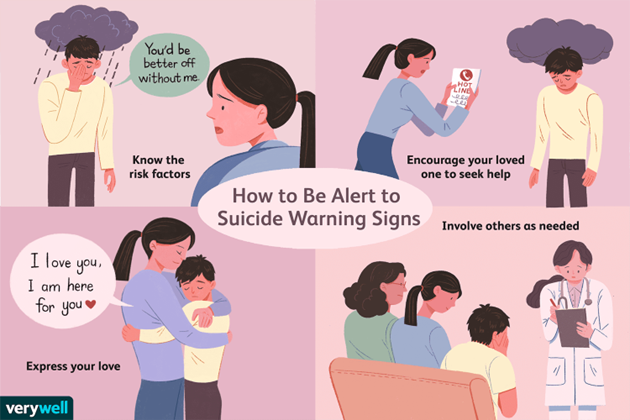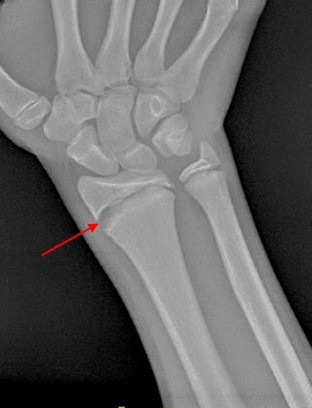A nurse in an emergency department is caring for an adolescent following a suicide attempt.
After reviewing the client's history, the nurse should determine which of the following is the priority risk factor for suicide completion.
History of substance abuse.
Previous suicide attempt.
Loss of a parent.
Active psychiatric disorder.
The Correct Answer is B
According to the CDC, one of the individual risk factors for suicide is a previous suicide attempt.
Choice A is not the answer because while substance abuse is a risk factor for suicide, it is not the priority risk factor for suicide completion in this case.
Choice C is not the answer because while loss of relationships can contribute to
suicide risk, it is not the priority risk factor for suicide completion in this case.
Choice D is not the answer because while a history of mental illness is a risk factor for suicide, it is not the priority risk factor for suicide completion in this case.

Nursing Test Bank
Naxlex Comprehensive Predictor Exams
Related Questions
Correct Answer is A
Explanation
An epiphyseal fracture is a fracture that occurs in the epiphyseal plate, which is the layer of cartilage between the end of a long bone and the start of the bone shaft.
This type of fracture is most common in children and adolescents, as their bones are still growing and the epiphyseal plate is not yet fused to the bone shaft.
Because this is where new bone develops, injuries to this area can cause the plate to close prematurely, jeopardizing bone growth.
Choice B, “Bone marrow can be lost through the fracture,” is incorrect because
bone marrow is not lost through an epiphyseal fracture.
Choice C, “The younger the child the longer the healing process will take,” is incorrect because younger children generally heal faster than older children or adults.
Choice D, “The blood supply to the bone is disrupted,” is incorrect because an
epiphyseal fracture does not necessarily disrupt the blood supply to the bone.

Correct Answer is D
Explanation
When determining that Bryant's traction is appropriately assembled, the nurse should observe that the buttocks is elevated slightly off of the bed.
In Bryant traction, both of the patient’s limbs are suspended in the air vertically at a ninety-degree angle from the hips and knees slightly flexed.
Choice A is incorrect because a padded sling is not used under the knee of the affected leg in Bryant traction.
Choice B is incorrect because skin straps are not used to maintain the leg in an
extended position in Bryant traction.
Choice C is incorrect because weights are not attached to a pin that is inserted into the femur in Bryant traction.
Whether you are a student looking to ace your exams or a practicing nurse seeking to enhance your expertise , our nursing education contents will empower you with the confidence and competence to make a difference in the lives of patients and become a respected leader in the healthcare field.
Visit Naxlex, invest in your future and unlock endless possibilities with our unparalleled nursing education contents today
Report Wrong Answer on the Current Question
Do you disagree with the answer? If yes, what is your expected answer? Explain.
Kindly be descriptive with the issue you are facing.
